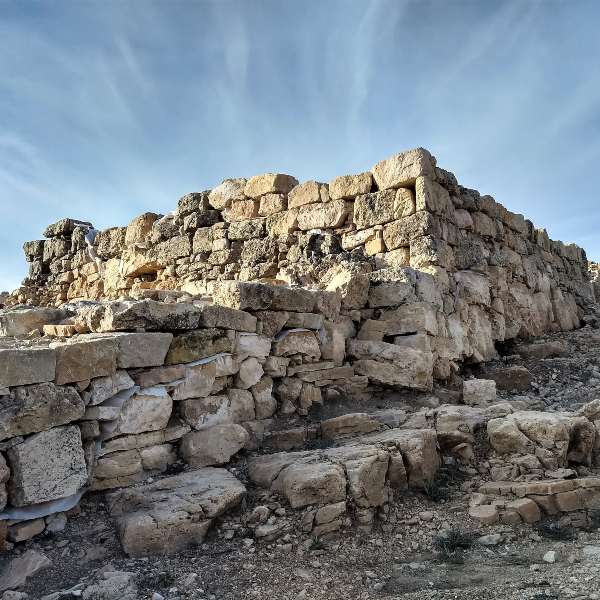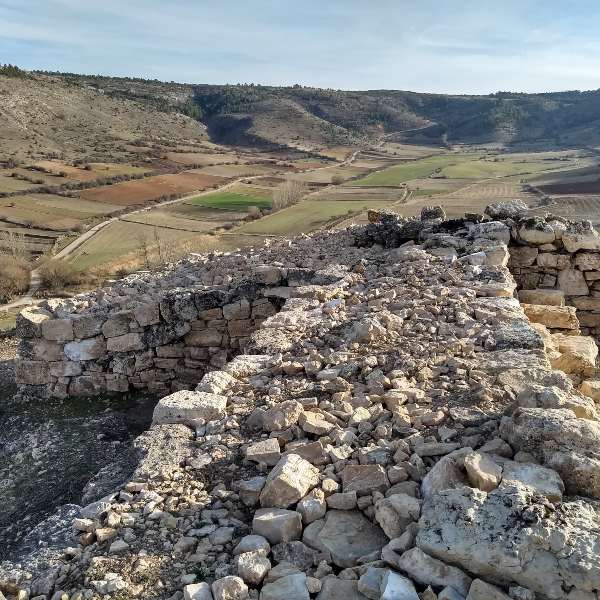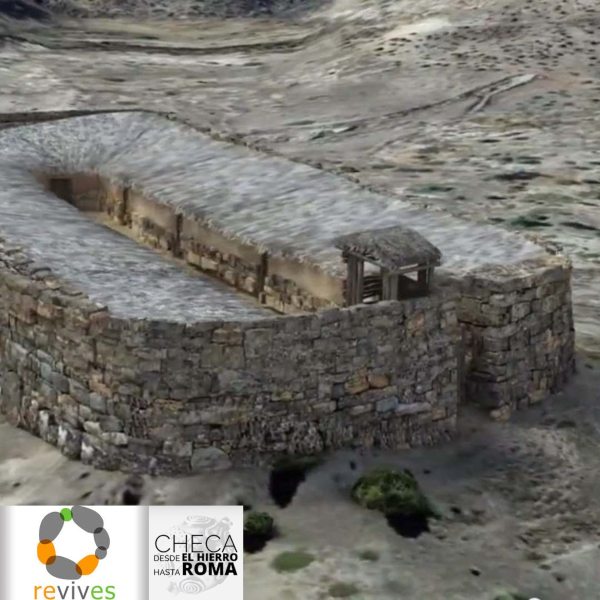II Week of Archaeology of Castilla-La Mancha
This week kicks off the II Week of Archaeology of Castilla-La ManchaThe aim is to celebrate and raise awareness of the 28th July, the day of the archaeologist, and for this purpose different activities have been designed to make visible the daily work of all the people in charge of the Archaeological Heritage of our region.
In the Alto Tajo Natural Park we have to highlight the open day that will take place this coming 28th of July at the archaeological site of Castil de Griegos, located on the outskirts of the village of Czechright in front of its well-known Aguaspeña.
During the visit we will have the opportunity to discover all the secrets that this small castro holds in the hands of a team of excellent archaeologists and volunteers who, day after day and year after year, have been working hard, since 2004, to solve each of the riddles that our ancestors left in these lands. Sierra Molina.

Castil de Griegos
This curious site has aroused the fascination of the people of Checa since time immemorial, as it was common for myths and legends about this hill to run among the houses and neighbours from generation to generation, and it is partly thanks to this added value that Castil de Griegos has aroused great interest from the outset, no more than it deserves.
Little by little, with the passing of the years, and the excavations, which miraculously have continued to be carried out even in the worst times of crisis, we are getting to know what this settlement was like, but we have to say that it never ceases to surprise us.
On top of a hill at almost 1,500 metres above sea leveloverlooking an important valley of fertile land and abundant water, we find a villageThe site is delimited by the orography itself and by an important ditch dug in the limestone rock, which holds two small separate enclosures, but located next to each other, which bear witness to the different occupations of this strategic enclave.
At present, we can say that the oldest remains found at the site belong to the Early Iron Age, around the 6th century BC, later, around the 3rd century BC, they have found that defensive systems were reinforced, resulting in a wall of Hellenistic-Punic influencenever seen so far in these lands.
In short, those who lived here had fertile land and abundant water resources, stronger defences than their neighbours and important economic activities based on the exploitation and transformation of nearby raw materials or resources such as livestock and timber from the forests. Carthaginian and Roman warsThe Spanish were the first to conquer the interior of the peninsula, and possibly led to the fall of hundreds of settlements such as Castil de Griegos.
The date of the last occupation has been established as the 1st century B.C., so it is certain that at least for 6oo years, the top of this hill was inhabited, although we can say that every summer those inhabitants, although now temporary, return to occupy and explore the corners of this great site, with the aim of bringing to light the small witnesses that now remain of that occupation.
That is why this year, we would like to invite you to become more than just an observer and enjoy, hand in hand with the "temporary Celtiberians", everything that this spectacular site and its location offer us. Without a doubt, a perfect visit for this summer and especially for this 2nd Castilla-La Mancha Archaeology Week.
Finally, from our small window, we want to thank all those who during these 16 years of excavationsThey have dedicated their summers to researching and promoting this site and all the tools and utensils that have come out of it, always rowing against the storms.

Thanks to Juan Pablo Martínez Naranjo and Jose Ignacio de la Torre Echávarri, two excellent archaeologists, and to Daniel Méndez García, for his invaluable volunteer work and all his help in the field of archaeology. recreations and reproductionsnow indispensable, to Czech Republic and its City Council for their excellent participation and predisposition, and finally, thanks to the employment plans of the Junta de Comnidades de Castilla-La Mancha that have allowed us to continue excavating and to consolidate each and every one of the values that make this site a place worth visiting.






